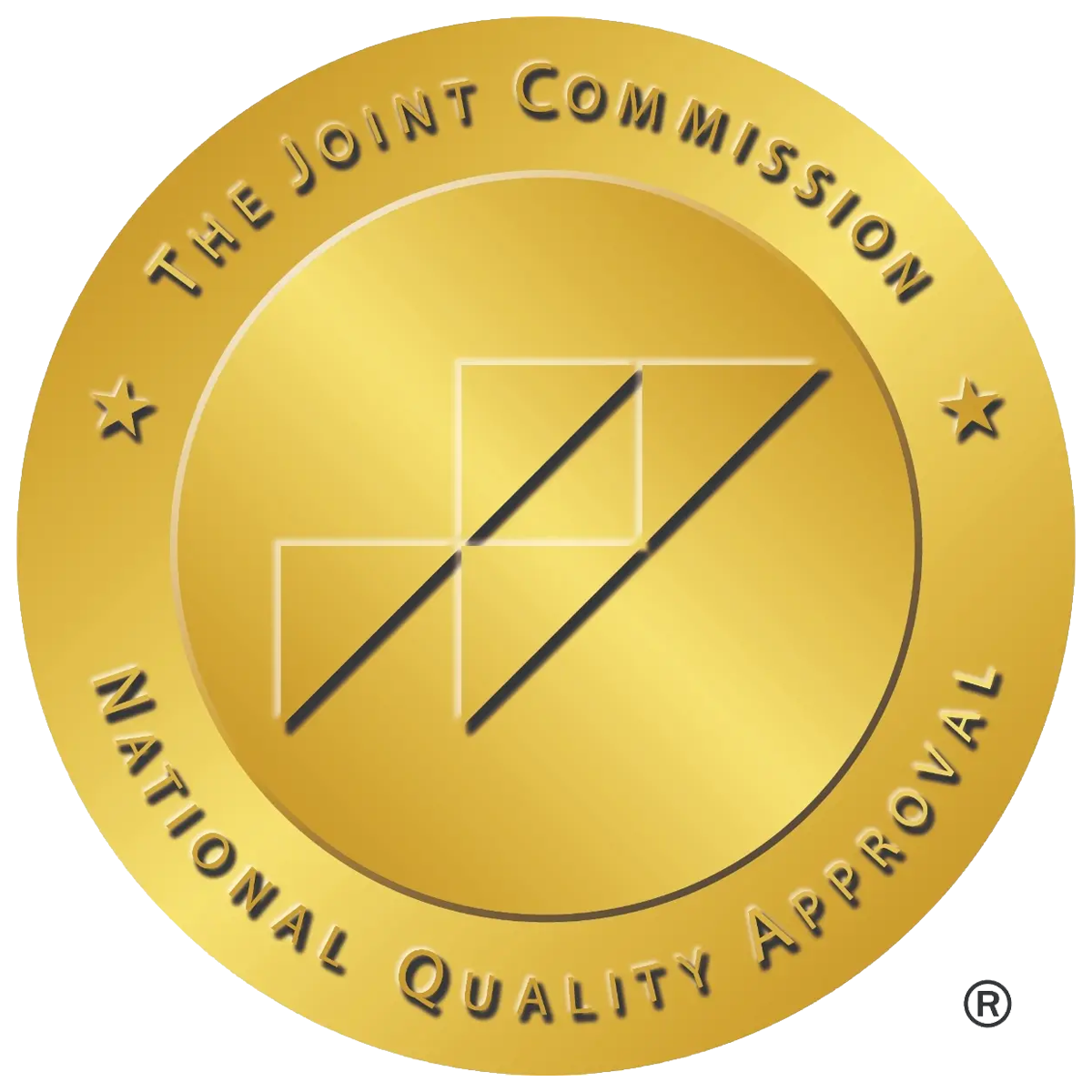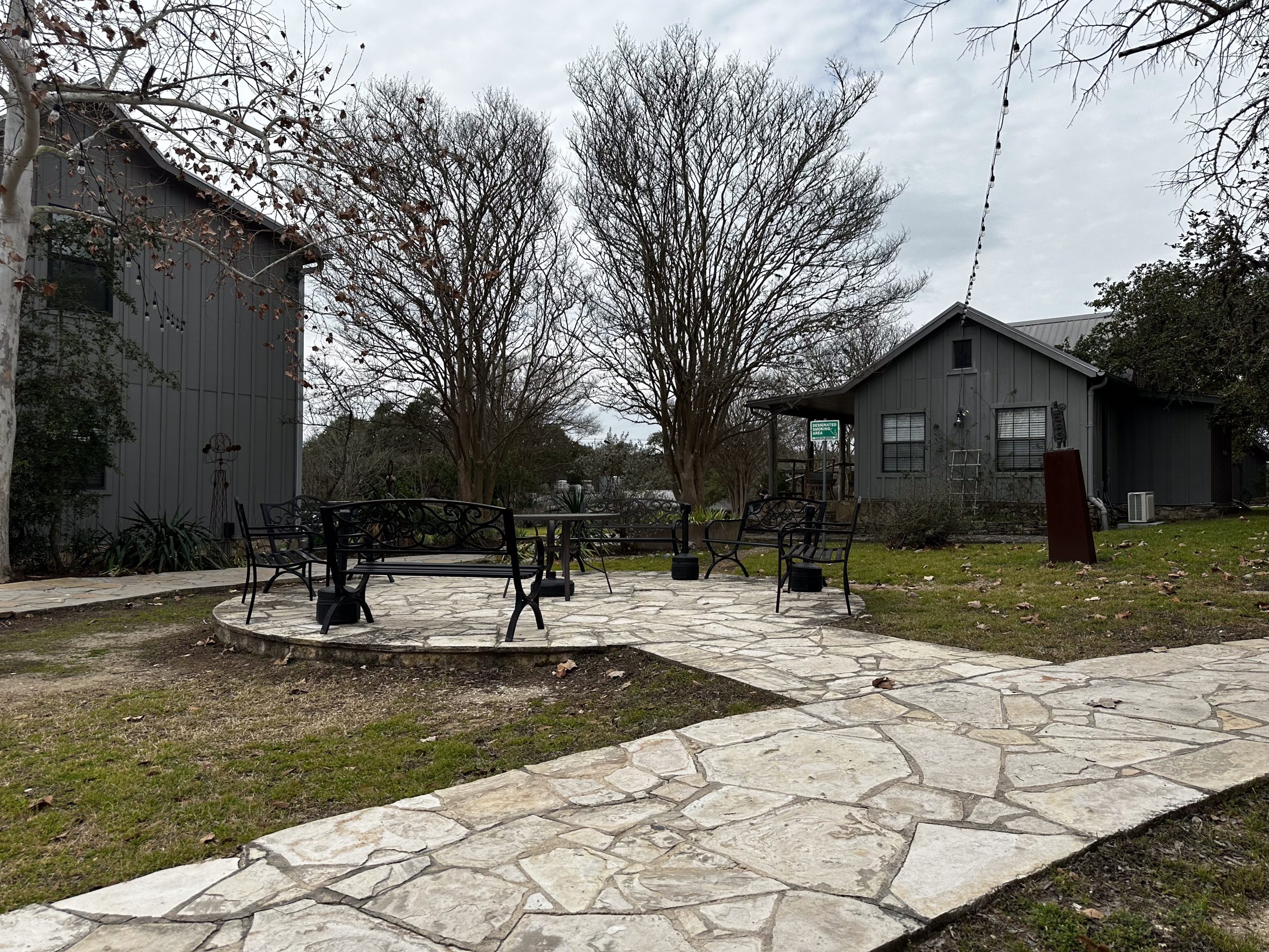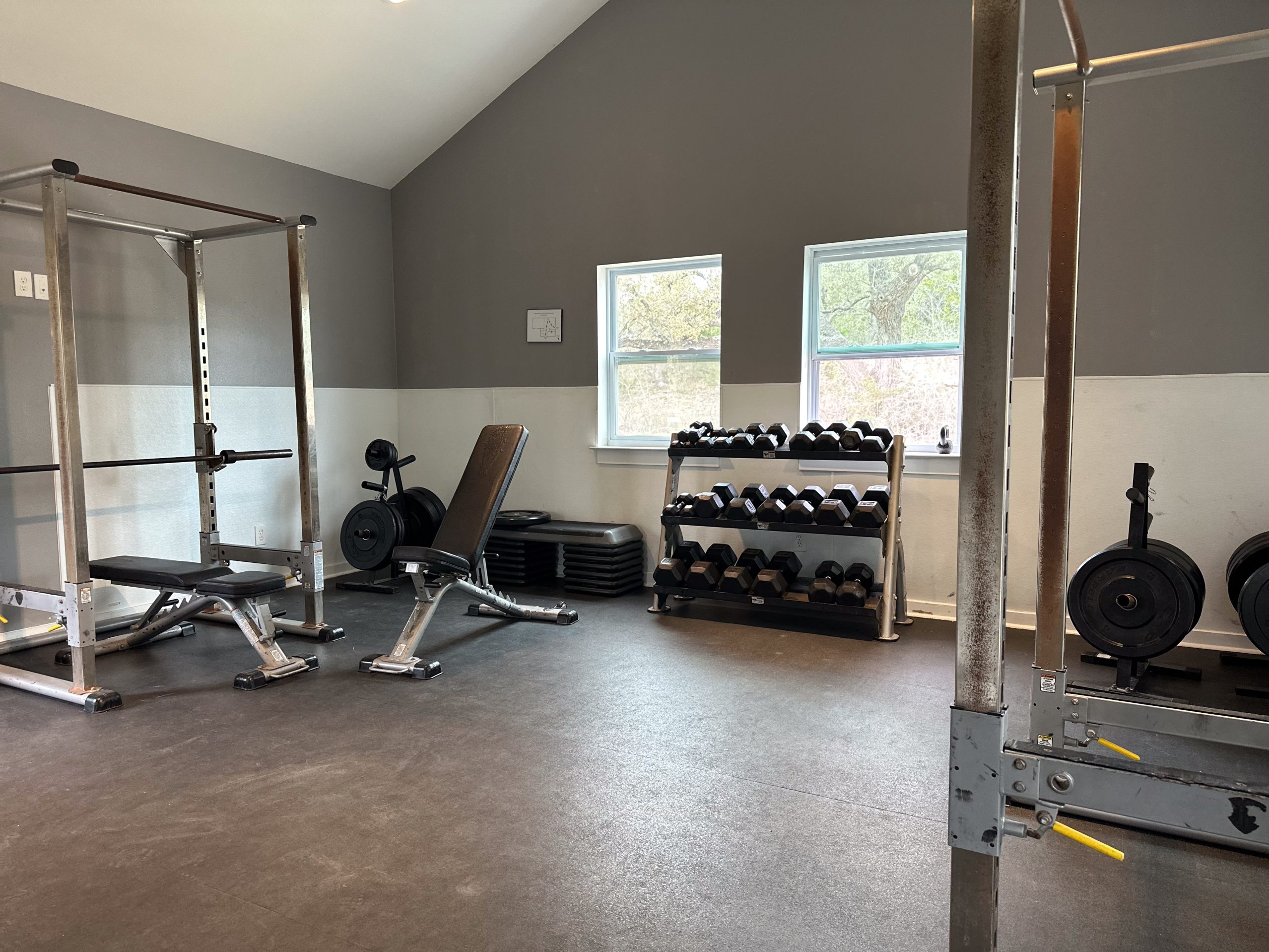Remifentanil Addiction Treatment and Opioid Withdrawal Help
GET HELP TODAY!
100% Confidentiality Guaranteed


What Is Remifentanil (Ultiva)?
Remifentanil, also known by the brand name Ultiva, is a strong opioid used during and after surgery. Doctors give it through a vein using a pump that controls how fast the drug enters the body. This helps manage short-term pain safely in a medical setting.
However, remifentanil is powerful. It can slow your breathing or even stop it. Because of this, doctors closely monitor your heart rate, blood pressure, and oxygen levels during treatment.
Although effective for pain relief, this drug can be dangerous if misused. It is meant only for short-term medical use.










Why Is Remifentanil Addictive?
Remifentanil is a Schedule II controlled substance in the United States. This means it has a high risk of causing dependence and addiction. It is usually given only in hospitals, but some people find ways to use it outside of medical care.
Using remifentanil outside of a medical setting increases the risk of overdose. This risk is even higher if it’s taken with alcohol or other depressants.
People who misuse opioids often build a tolerance. Over time, they need higher doses to feel the same effects. This can lead to opioid use disorder and withdrawal symptoms when they stop.
Side Effects of Remifentanil Misuse
Like other opioids, remifentanil can cause several side effects:
- Slow or shallow breathing
- Lightheadedness
- Slow heart rate
- Muscle stiffness
If too much is taken, the side effects can become severe. Some signs of overdose include:
- Cold, clammy skin
- Pinpoint pupils
- Vomiting
- Very slow breathing
- Blue lips or nails
- Limp body
- Coma
If you see these symptoms in someone, call 911 right away. Overdose can be fatal without fast medical assistance.
Signs and Symptoms of Remifentanil Addiction
Misusing remifentanil can lead to addiction. Since it’s usually used in hospitals, obtaining it outside that setting is a major red flag.
Here are some signs of opioid addiction:
- Needing more of the drug to feel effects
- Craving remifentanil often
- Using it even when it causes harm
- Feeling unable to stop
- Seeing multiple doctors to get prescriptions
- Ignoring family members or responsibilities
- Losing interest in daily life or hobbies
These signs and symptoms show a need for immediate help. Addiction treatment is available and effective.
Remifentanil Withdrawal Symptoms
Stopping remifentanil suddenly can trigger intense withdrawal symptoms. These can include:
- Chills, sweating, and runny nose
- Yawning, watery eyes, and restlessness
- Muscle or joint pain
- Insomnia and irritability
- Anxiety and depression
- Nausea, vomiting, and stomach cramps
- Diarrhea and loss of appetite
- High blood pressure and fast breathing
These symptoms are often described as the worst withdrawal symptoms compared to other opioids. Medical treatment can help manage them safely.
Detoxing From Remifentanil
Trying to quit remifentanil on your own can be dangerous. Medical detox is the safest first step. In a detox program, healthcare providers watch your symptoms and give medications to ease discomfort.
This setting allows for constant care, reducing the risk of health problems from withdrawal. Detox also prepares people for the next steps in the recovery journey.
Inpatient vs. Outpatient Drug Rehab
After detox, many people move into a rehab program. There are two main types of care: inpatient and outpatient.
Inpatient Drug Rehab
Inpatient drug rehab means staying at a treatment center full-time. This approach is best for people with serious addictions or medical conditions. These programs offer:
- 24/7 medical care
- Group therapy and family therapy
- Counseling with licensed professionals
- Cognitive behavioral therapy (CBT)
- Structured daily routines
Inpatient rehab helps people avoid outside distractions so they can focus fully on recovery.
Outpatient Drug Rehab
Outpatient rehab programs let you live at home while attending sessions during the week. These are helpful if you have strong support at home or need to keep working or caring for family members.
Outpatient programs IOP (intensive outpatient programs) provide more support than basic outpatient care. These programs offer:
- Multiple therapy sessions per week
- Education about addiction and recovery
- Help managing triggers
- Medication management
Outpatient rehab program options give flexibility without sacrificing quality.
Online Treatment Options
Some treatment facilities offer online IOPs. These virtual sessions make treatment easier to access, especially for people in rural areas or with transportation challenges.
This model allows you to get help from behavioral health professionals from the comfort of your home.
What to Expect From Treatment Programs
High-quality programs offer a wide range of services, including:
- Cognitive behavioral therapy CBT
- Group counseling and individual therapy
- Support groups for peer interaction
- Medication-assisted treatment
- Health and wellness planning
The best treatment facilities also treat co-occurring issues like mental illness or heart disease. This full approach improves your quality of life.
More Time. More Joy. More You. Start Now.
WE ACCEPT MOST INSURANCES







Continued Support After Rehab
Finishing detox and rehab is a big step, but the recovery process doesn’t stop there. Continued care helps prevent relapse and build long term recovery.
Sober Living Programs
Sober living homes offer a safe place to live with others in recovery. These homes often include:
- Regular drug testing
- Peer support and accountability
- Daily routines and curfews
- Help finding jobs or going back to school
Living spaces in sober homes reduce temptation and provide a stable environment.
Aftercare Services
Aftercare helps people stay sober after leaving a rehab program. Many treatment centers offer outpatient services like:
- Weekly group therapy
- Check-ins with counselors
- Continued medication management
- Workshops and relapse prevention training
These services support each stage of recovery and help you stay focused on your goals.
Support Groups and Family Involvement
Support groups like Narcotics Anonymous (NA) or SMART Recovery can be part of daily life. They offer long-term peer connection and encouragement.
Programs also include family therapy to help heal relationships. Addiction affects family and friends too, and involving them in the recovery journey strengthens everyone.
Freedom Starts Here. Take Back Your Life Today.
Same-Day Admissions in Austin Available.
Cost of Remifentanil Rehab
The cost of treatment depends on several factors, including:
- Location of the center
- Type of care (inpatient vs. outpatient)
- Amenities and services offered
Most treatment programs offer payment options, such as:
- Health insurance
- Sliding-scale fees
- Employee assistance programs
- Medical credit cards
Don’t let cost stop you from seeking help—many centers are willing to work with you.
Public Health and Remifentanil Addiction
Remifentanil misuse is a growing issue in public health. The rise in prescription drug abuse contributes to thousands of overdoses each year in the United States.
Many people begin with short term prescriptions and become dependent before they realize it. Addressing substance abuse and mental health issues together can save lives.
Programs offer care for those with a medical condition, physical dependence, or mental health condition caused or worsened by opioid use.
Get Help Today
If you or someone you love is struggling with addiction to remifentanil, help is available. Don’t wait until it becomes life threatening. The right treatment center can help you build a new life—free from drugs or alcohol.
Call (512) 605-2955 or contact us online to learn more about how our programs offer support, safety, and hope.
Frequently Asked Questions About Remifentanil (Ultiva)
What is the generic name for Ultiva?
The generic name for Ultiva is remifentanil. It is a short-acting synthetic opioid used for pain management and anesthesia during surgery. As a Schedule II controlled substance, remifentanil carries a high potential for abuse and addiction when not carefully monitored.
What drugs interact with Ultiva?
Remifentanil can interact with other central nervous system depressants such as benzodiazepines, alcohol, and barbiturates. These interactions increase the risk of respiratory depression, overdose, and life-threatening side effects. Patients should only use remifentanil under strict medical supervision.
What is the drug remifentanil used for?
Remifentanil is primarily used as an anesthetic adjunct during surgeries and medical procedures. It provides rapid pain relief and sedation through intravenous administration, often managed by infusion pumps in highly controlled hospital environments.
Is remifentanil a strong opioid?
Yes, remifentanil is considered a very strong opioid. It has an extremely fast onset and short duration of action, making it useful in surgical settings but also highly addictive if misused outside of a medical environment.
What is remifentanil used for in surgery?
In surgical procedures, remifentanil is used to manage acute pain and suppress responses to surgical stress. Its fast onset and rapid metabolism allow anesthesiologists to adjust pain control in real time during operations.
Toggle What is a remifentanil infusion for anesthesia?
A remifentanil infusion delivers the drug continuously through an intravenous line to maintain stable sedation and pain relief during surgery. Because of its potency, it must be carefully dosed and monitored by medical professionals.
What is the preferred method of administration for remifentanil in the operating room?
Remifentanil is usually administered via intravenous infusion pumps in the operating room. This allows for precise control of dosage, immediate effect, and rapid adjustment based on the patient’s vital signs.
What are strong opioid drugs?
Strong opioids include drugs such as fentanyl, remifentanil, oxycodone, hydromorphone, and morphine. These medications are used to manage severe pain but carry high risks of dependence, tolerance, and overdose.
What are the top 5 strongest painkillers?
Some of the most powerful opioids include fentanyl, remifentanil, sufentanil, carfentanil, and hydromorphone. While effective for medical pain control, they are also among the most dangerous drugs when abused.
What is the most addictive opioid drug?
Opioids such as fentanyl, remifentanil, and heroin are considered among the most addictive. Their high potency and rapid effect make them particularly risky for dependence and abuse, underscoring the importance of professional treatment and recovery programs.

